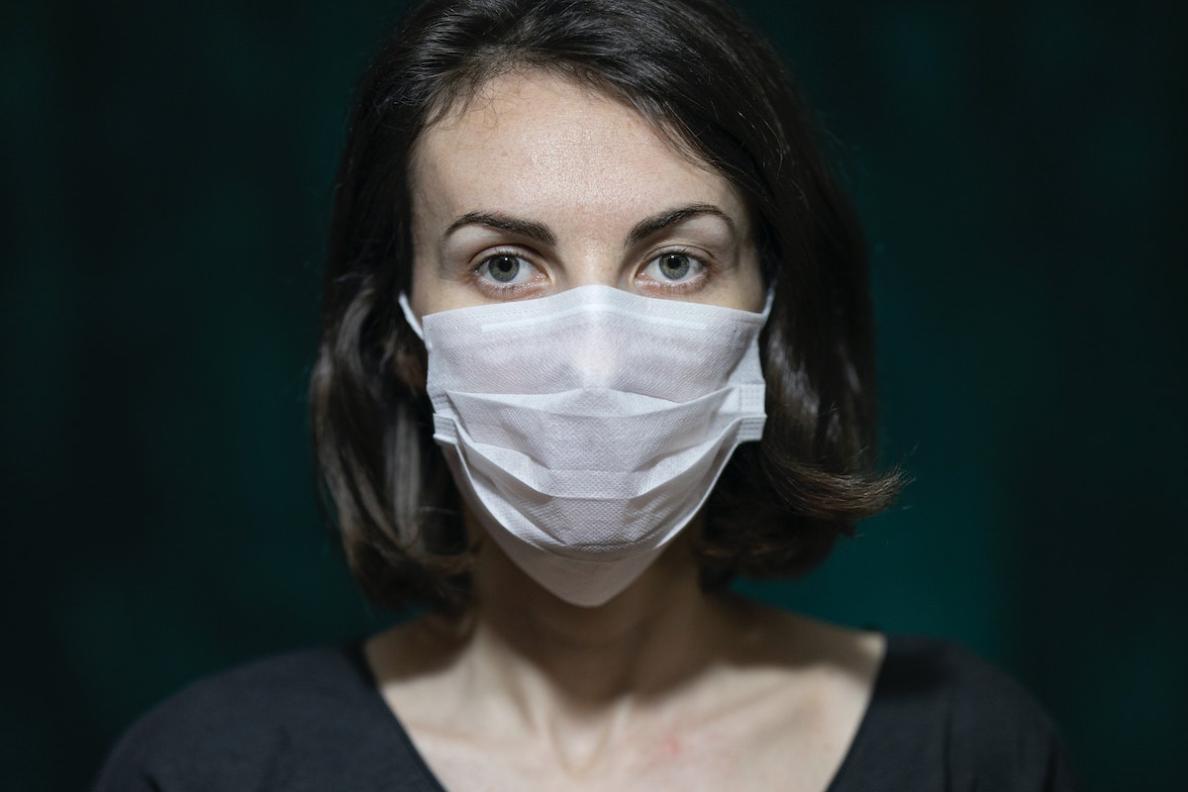Unveiling the Protective Barrier: A Comprehensive Guide to Face Masks and Respirators
In the face of airborne threats, face masks and respirators have emerged as essential protective gear, safeguarding individuals from harmful particles, pollutants, and infectious agents. Understanding the different types of face coverings and their effectiveness is crucial for making informed choices and ensuring optimal protection.

Types Of Face Masks: A Spectrum Of Protection
- Cloth Masks:
- Made from fabric, typically cotton or polyester
- Provide basic protection by filtering larger particles
- Reusable and washable
- Surgical Masks:
- Disposable, single-use masks
- Made from non-woven fabric
- Effective in filtering bacteria and large particles
- N95 Respirators:
- Single-use, disposable respirators
- Made from synthetic fibers
- Highly effective in filtering 95% of particles 0.3 microns or larger
- KN95 Respirators:
- Chinese equivalent of N95 respirators
- Similar filtration efficiency to N95 masks
- FFP2 Respirators:
- European equivalent of N95 respirators
- Comparable filtration performance to N95 and KN95 masks
Choosing The Right Mask: Tailoring Protection To Specific Needs
The choice of face mask or respirator depends on the level of protection required and the specific situation.
- General Public: Cloth masks or surgical masks are suitable for everyday use in low-risk settings.
- Healthcare Workers: N95 respirators or their equivalents are recommended for healthcare workers in close contact with COVID-19 patients.
- High-Risk Individuals: N95 respirators or their equivalents are advisable for individuals with compromised immune systems or underlying health conditions.
Proper Use And Maintenance: Ensuring Effective Protection
To maximize the effectiveness of face masks and respirators, proper use and maintenance are essential.
- Proper Fit: Ensure the mask or respirator fits snugly against the face, covering the nose, mouth, and chin.
- Avoid Touching: Minimize touching the mask or respirator during use to prevent contamination.
- Regular Replacement: Replace disposable masks and respirators according to manufacturer's instructions.
- Cleaning and Disinfection: Clean and disinfect reusable masks as per manufacturer's guidelines.
Conclusion: A Collective Responsibility
Face masks and respirators serve as a vital line of defense against airborne threats. By understanding the different types of face coverings, choosing the appropriate one for specific needs, and ensuring proper use and maintenance, we can collectively contribute to a safer and healthier environment for all.

YesNo

Leave a Reply